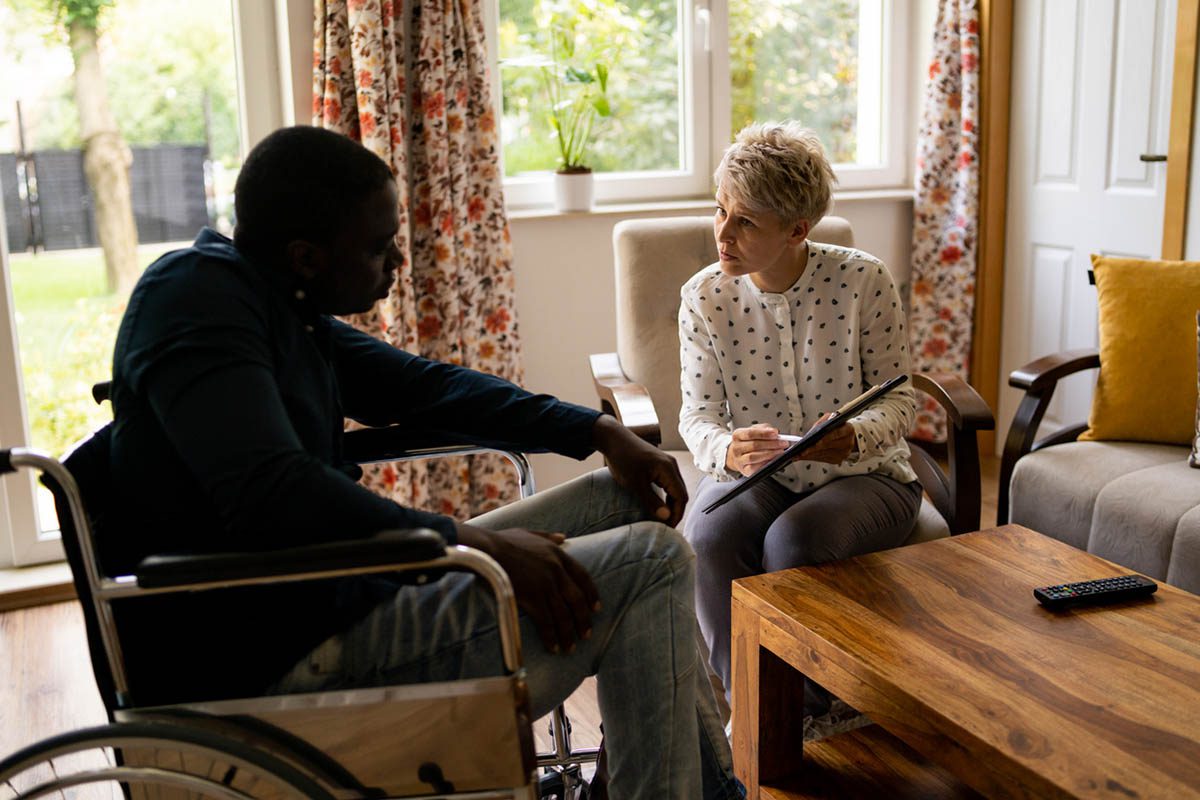Objective: Many patients with seasonal affectivedisorder (SAD) have dysfunctional eating behaviors. Conversely,many women with bulimia nervosa have marked winter worsening ofmood and bulimic symptoms. Controlled studies of light therapy inSAD and in bulimia nervosa have shown beneficial effects on moodand binge/purge symptoms. We explored the clinical use of lighttherapy in women with SAD who also had comorbid bulimia nervosa.
Method: Twenty-two female patients diagnosedusing DSM-IV criteria with both bulimia nervosa and majordepressive disorder with a seasonal (winter) pattern were treatedwith an open design, 4-week trial of light therapy (10,000 luxfluorescent light box with an ultraviolet filter, 30 to 60minutes per day in the early morning). Patients were assessedbefore and after treatment with depression scales and withbinge/purge diaries.
Results: Light therapy resulted in significantimprovement in mood, with a mean 56% reduction in 29-itemHamilton Rating Scale for Depression scores following treatment(p < .001). The frequency of binges and purges per week alsosignificantly decreased (p < .001) from baseline by a mean of46% and 36%, respectively. Two (9%) of 22 patients becameabstinent of binge/purge episodes, compared with 10 (45%) of 22patients who met criteria for remission of depressive symptoms.The light therapy was well tolerated by patients.
Conclusion: These results suggest thattherapeutic effects of light therapy on mood and bulimic symptomsin patients with SAD and comorbid bulimia nervosa are sustainedover at least 4 weeks. However, the low abstinence rate inbulimic symptoms indicates that light therapy may be mosteffectively used as an adjunctive treatment to medications and/orpsychotherapy for bulimia nervosa.
Author Affiliations

Enjoy free PDF downloads as part of your membership!
Save
Cite



